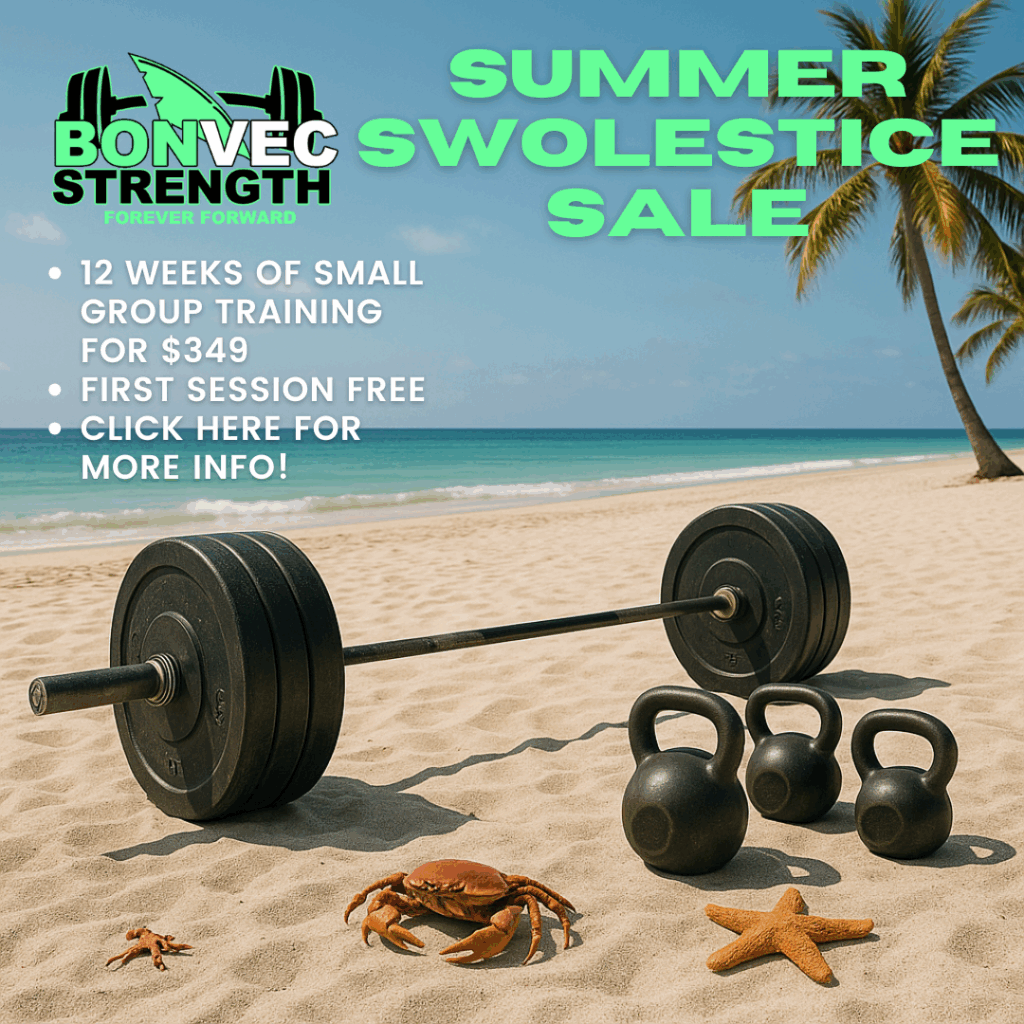 No, you’re not seeing double. The second addition of Powerlifting Equipment 101 is just one letter different than the first installment, How to Use Wrist Wraps. But I promise you that the two are very different.
No, you’re not seeing double. The second addition of Powerlifting Equipment 101 is just one letter different than the first installment, How to Use Wrist Wraps. But I promise you that the two are very different.
Wrist straps are simply sewn pieces of cloth (or similar material) that loop around your wrist and the bar, which makes it easier to hold on to the bar. Commonly used by bodybuilders and casual gym-goers, wrist straps can be extremely valuable to powerlifters and other strength athletes too.
WHY WEAR WRIST STRAPS?
Jason Ferruggia once said, “No straps, no traps.” Never have four truer words been spoken.
As previously stated, straps tether you to the bar and prevent it from slipping out of your hands.
Plenty of internet tough guys will scream and shout that straps are “cheating” and you should never use them. They have a point because straps aren’t allowed in powerlifting. And while I always preach specificity for powerlifting, if used carefully and selectively during, straps can help you make strength and size gains that will directly carry over to your main lifts.
Perhaps the number one benefit of using straps is this: it allows you to fatigue the target muscle(s) without worrying about your grip failing first. This is in direct accordance with the Right Link/Wrong Link rule that should govern just about everything you do in the weight room.
The concept of Right Link/Wrong Link was introduced to me by my grad school professor, Fred DiMenna. A former pro bodybuilder with a PhD in oxygen uptake kinetics (yeah, he’s smart), Fred pounded this into my brain. Here’s a recap from a previous article:
The concept of “Right Link vs. Wrong Link” ... is a simple test when selecting an exercise. This test had two simple questions:
- What’s the target muscle of the exercise?
- Which muscle fatigues first?
If the answer to each question isn’t the same, it’s a lousy exercise. Fred always said that exercises needed to be hard not just for the sake of being hard but for the right reasons.
So, if your intent is to improve the size and strength of a certain muscle group and using straps improves your ability to do so, wear them!
Some examples include:
- Rows
- Shrugs
- Romanian deadlifts
- Rack pulls
- Curls (kidding, but I’ve seen it done)
All these exercises are intended to improve muscle size and strength in the upper back, traps and hamstrings – not to directly train a competition lift. Therefore, there’s no reason not to wear straps, especially if you can’t hold on to the bar long enough to fatigue the target muscle group.
HOW TO PUT ON YOUR WRIST STRAPS
Putting on your wrist straps and attaching them to the bar can be tricky. Here’s a quick how-to video:
Wrapping technique will vary based on the length of the strap and where the loop is sewn. I find it easiest to wrap one hand exactly where you want it, then wrap the other hand closer to the already-wrapped hand (so you can use it for help with the wrapping process), then slide the second hand into position.
DIFFERENT STRAP STYLES
There are 3 main styles of straps to choose from:
LOOP STRAPS

- Pros: Loop construction allows for secure fit around your wrist. More lengths to choose from.
- Cons: Tough to wrap extra material around bar, especially with one hand. Extra material can be counterproductive to grip.
SPEED STRAPS
- Pros: Quick and easy to attach to bar.
- Cons: Less material means less secure grip. Can’t adjust tightness around your wrist.
HOOK STRAPS
- Pros: No wrapping. Standard bar sits comfortably in hooks.
- Cons: Can’t squeeze the bar tight in your hands. Doesn’t fit around many specialty bars. Looks douchey.
CONCLUSION
Here’s what you need to remember about wrist straps:
Use them for exercises where losing your grip would interfere in targeting the muscle, like rows, shrugs or RDLs.
Don’t use them (or at least not often) during your competition lifts, like deadlifts, cleans or snatches.
Pick your style of strap based on personal preference. They’re not that different, nor are they expensive, so if you don’t like what you chose, you won’t be too deep in the hole financially.
And remember Jay’s timeless words: “No straps, no traps.”




